![]()
Plant Dreams, Grow Gardens
Green colored crown jewel vegetable broccoli is an exemplary food item, packed with many health benefits. Broccoli is an excellent source of vitamin C, K, B1, B2, B3, B6, iron, magnesium, potassium, zinc, and fiber. It also contains sulforaphane compound which has anti-cancer properties.
Unlock the potential of your garden with GreenhousePlanter – explore our PRODUCTS today!

In this Greenhouse Broccoli Guide, I will tell you exactly how you can grow broccoli in Greenhouse. So, read it till the end, I hope you will get a ton of information from this article.
You’re going to love greenhouse-fresh broccoli!
Before getting into the details on How to Grow Broccoli in Greenhouse, We assume that you already own a greenhouse. In case, if you don’t, we have a detailed and easy to follow article on “How to build a greenhouse” which will help you build your own DIY greenhouse.
Broccoli is a cool-season, sun-loving crop. Let us see how to plant, grow, and harvest these green crown jewels in your greenhouse.
These green crown jewels are cold-season vegetables and are planted in early spring or late summer. The best place to plant broccoli would be a cold frame greenhouses that are designed in a way to support cool-season crops. When planted, it can yield one or two main-harvests and multiple mini-harvests per growing season.
Start sowing broccoli seeds in modular trays 6 to 8 weeks before the last frost date.
In a greenhouse select area where there is adequate sunlight of 6 to 8 hours per day. Broccoli does well in full sun exposure otherwise it will be thin, leggy, and inferior quality broccoli.
The greenhouse bed should have well-drained soil, it should be moist, and fertile. We highly recommend you use an equal ratio of topsoil and compost.
Besides fertile ground, Broccoli prefers a slightly acidic soil pH range of 6.0 to 7.0. So for successfully growing broccoli, it is a good idea to add very small amount of Ammonium Nitrate or Ammonium sulfate. However, if you want to grow organically add some partially decomposed manure.
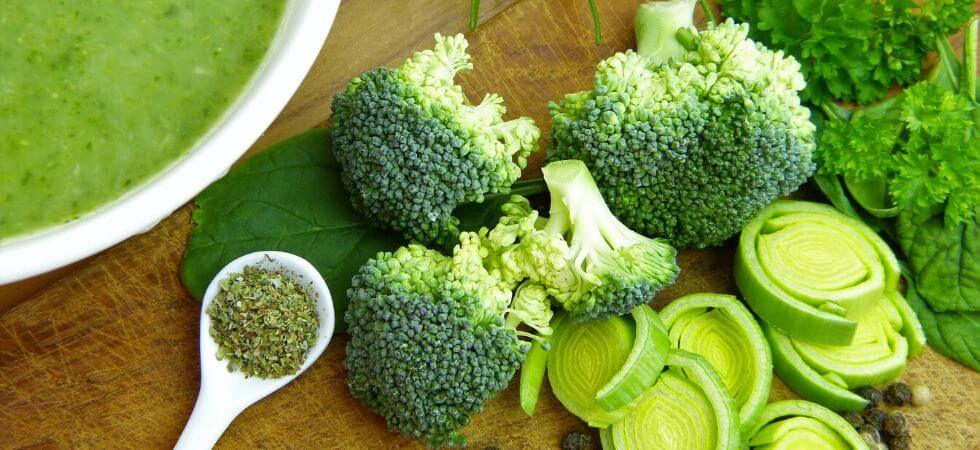
You should never use mulch in your greenhouse broccoli bed. Generally, mulch is added in raised beds for weed control and to retain soil humidity. However, you should never use organic mulches inside your greenhouse because the environment inside the greenhouse is already humid and it may serve as a habitat for both fungi and insects.
I would recommend using “DeWitt Sunbelt” ground cover fabric. Unlike other plastic fabric, This one is actually a woven plastic fabric. The good thing about this fabric is that not only it will prevent the weeds from going inside your Greenhouse Broccoli raised bed but It will also allow water to pass through the fabric and it also doesn’t block the oxygen to get into the soil like other cheap plastic film fabrics.
It is better to install a drip irrigation system for your Greenhouse Broccoli raised bed so you can automatically water your vegies without worrying. Here is a cool and easy to follow tutorial on “DIY Greenhouse Drip Irrigation System“.
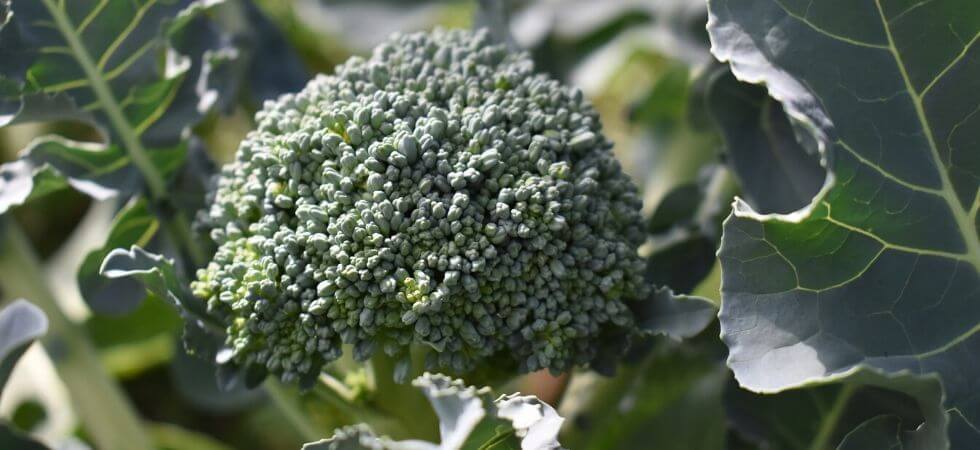
The following are the pest and diseases that you might encounter when you are growing broccoli in Greenhouse.
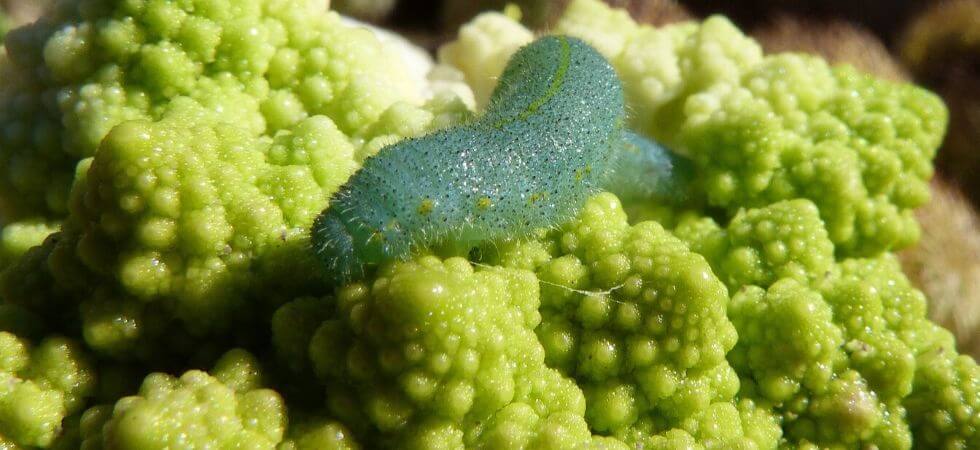
Aphids suck all plants sap causing Broccoli leaves to curl. Prevention is introducing predator insects in the greenhouse. You can apply soapy detergent water to all sides of broccoli leaves whenever you see aphids. Or you can follow the organic ways of controlling greenhouse pests.
Cabbage loopers, cabbage root maggots, or worms are medium-sized moths that are destructive pests and effects the cabbage-family. These moth caterpillars cause small holes on the leaves.
You can control these pests by bacterial pesticide Bacillus thuringiensis, or introduce beneficial insects in the greenhouse or use a floating row cover bug barrier plant blanket Alapaste-Floating-Protection-Resistance-Germination to prevent caterpillars.
It is a common disease of cabbages, broccoli, cauliflower, Brussels sprouts, radishes, turnips, stocks, wallflowers and other plants of the family Brassicaceae (Cruciferae).
The clubroot is caused by Plasmodiophora brassicae, which was once considered a slime mold but is now put in the group Phytomyxea. A fungus that causes the plants to wilt.
To check if the fungus is the cause then the entire plant, including all roots and root tendrils, must be gently dug up and removed.
If you see the roots are gnarled and misshapen, then clubroot is the problem.
Act quickly to remove the plants so that the fungus doesn’t continue to live in the soil. Do not add compost to the plants (In this situation). Raise the pH of your soil to above 7.2. You may need to sterilize your soil, too.
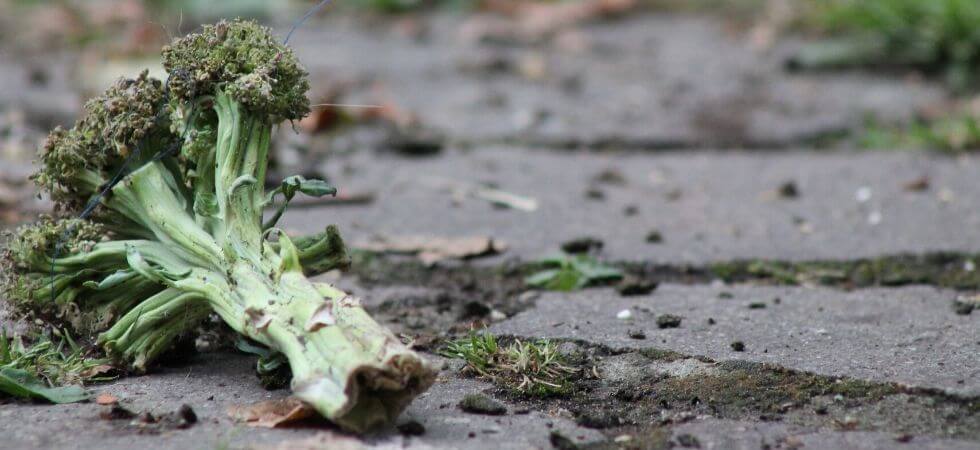
Downy mildew is caused by moisture in the greenhouse which causes yellow patches on leaves.
To avoid the problem maintain proper airflow in the greenhouse installing ventilators.
When you see the broccoli leaves turning yellow from bottom leaves to the top of the plant. Then it means the plant is deficient of nitrogen. Supply it with blood meal to fix the nitrogen demand of the plant.
Here is a cool Youtube video from YouPlantTube on growing broccoli. However, he is growing broccoli outside the greenhouse but provides good explanation from sowing seeds till harvesting so I thought its worth sharing with you here.
Keep the indicators of ripeness described below in mind to determine when they’re ready to pick. Greenhouse gardening is a skill, and all of this gathered knowledge can help you to pick the best harvest you’ve ever grown.
Start harvesting broccoli when the buds of the head are firm and tight. Just before the heads start to flower. You should Harvest right away when you see yellow flowers.
Another important indicator is when you see florets on the outside edge of the head are large and full, this is the indication to harvest.
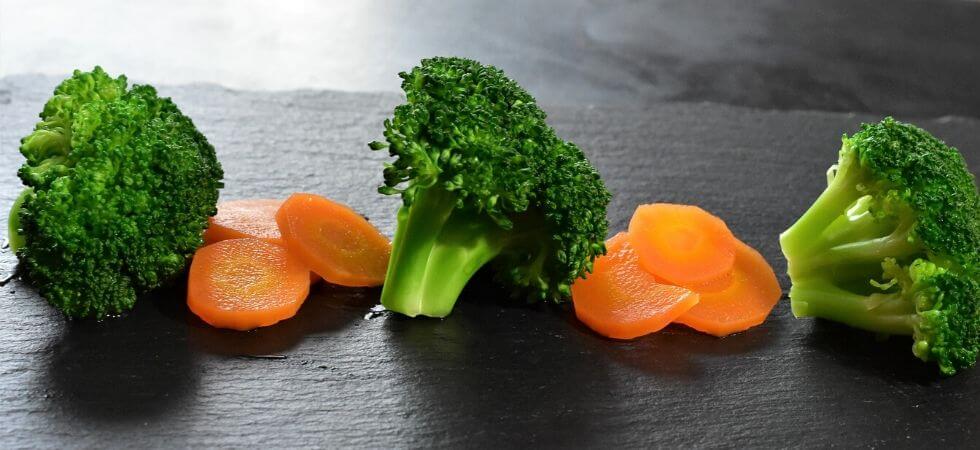
How to remove the head from the plant?
Use a sharp knife and cut the broccoli crown, taking at least 15cm of the stem. Taking 15cm below the mature crown head of broccoli.
Make a slanted cut on the stalk to allow water to slide away. The slanted cut is necessary so to avoid pool and rot formed by water in the center of a flat-cut stalk, running the secondary broccoli heads.
I hope that you getting a ton of information from this blog. Subscribe to our email newsletter so you don’t miss out on our upcoming articles.
Broccolis are stored in the refrigerator for up to a week. It can also be blanched and frozen for up to one year.
We hope that this article was useful and you now know how to grow broccoli in greenhouse. We have created this cool pin for you, Share it on Pinterest 🙂
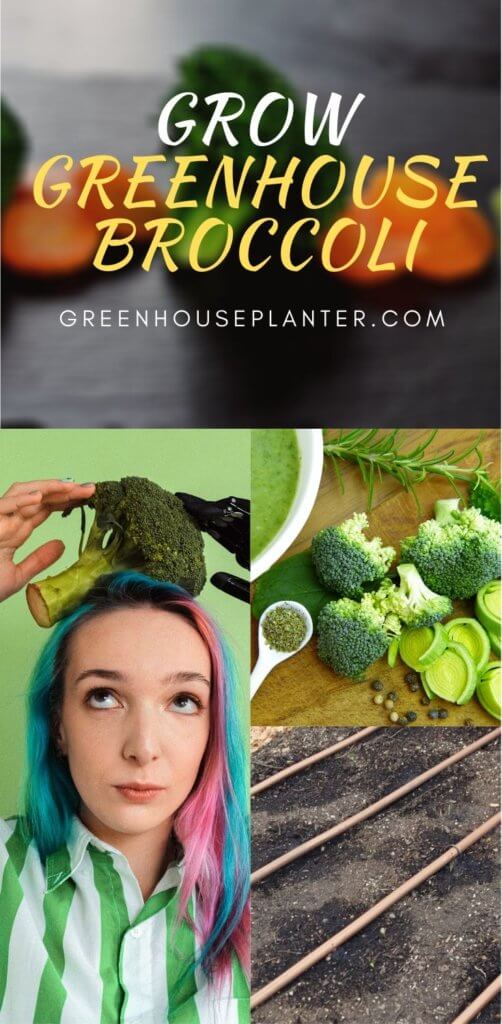
Comments are closed.
Great info but having a print friendly version without all the adds would have been nice.
I recommend you to install an ad blocker in that case. Thanks